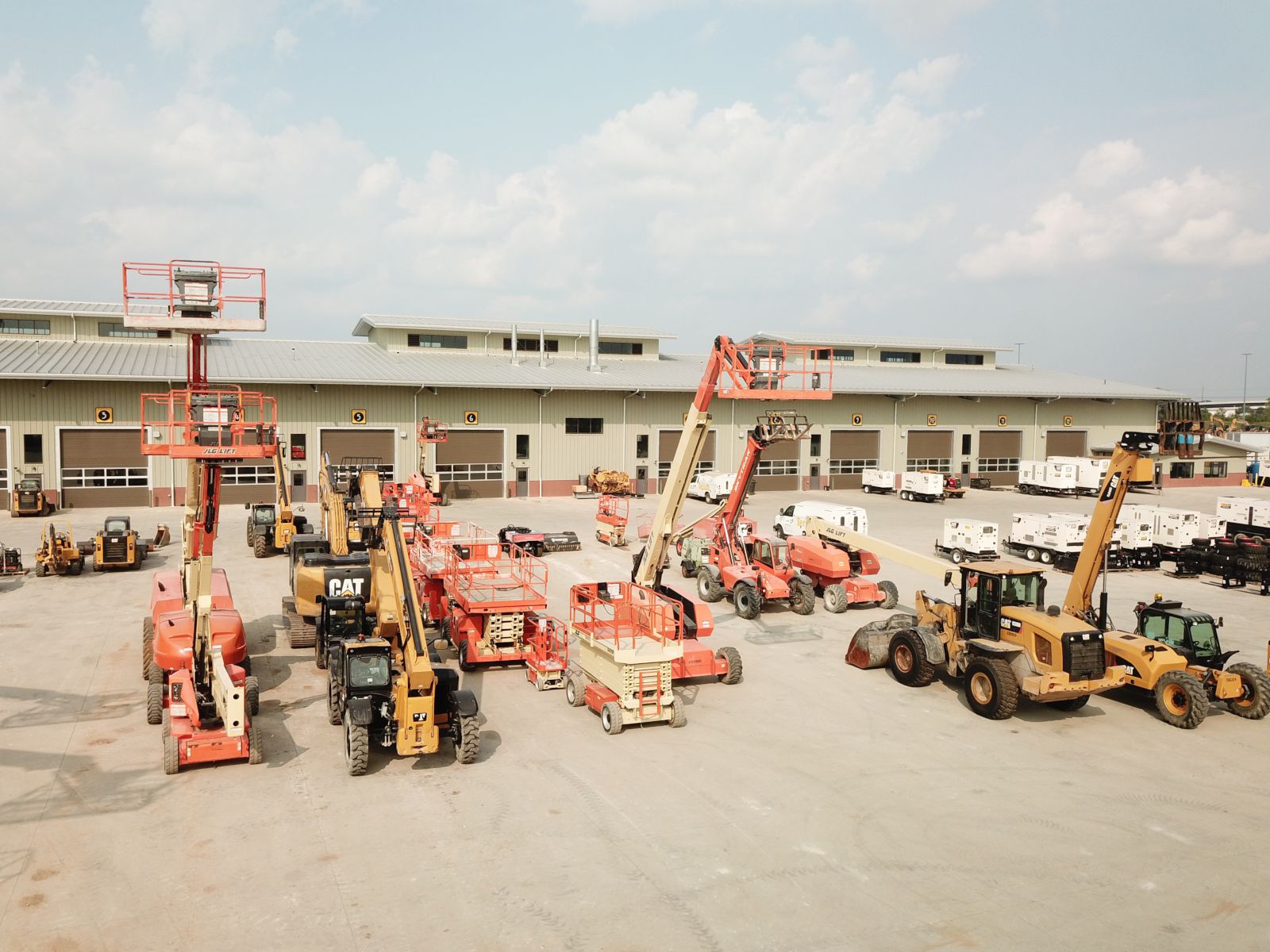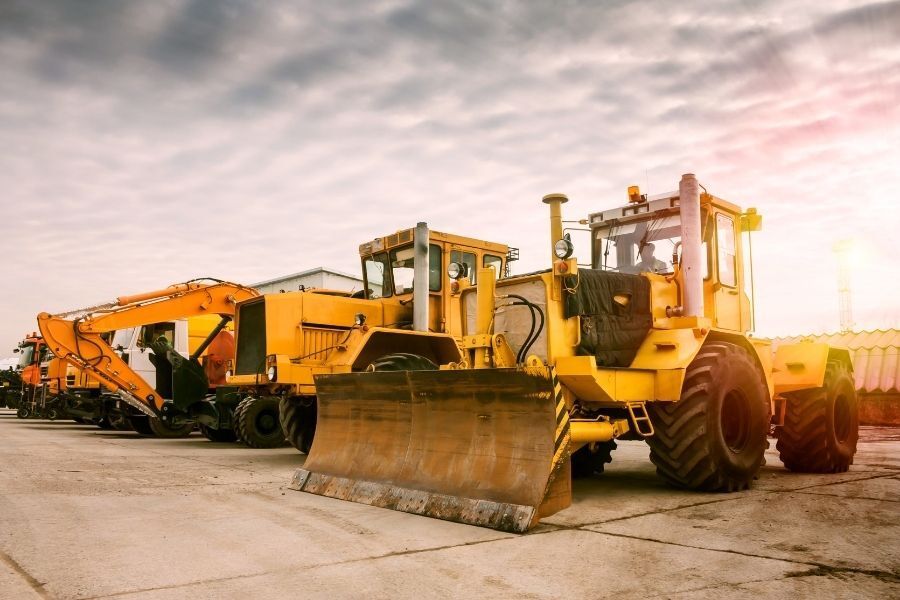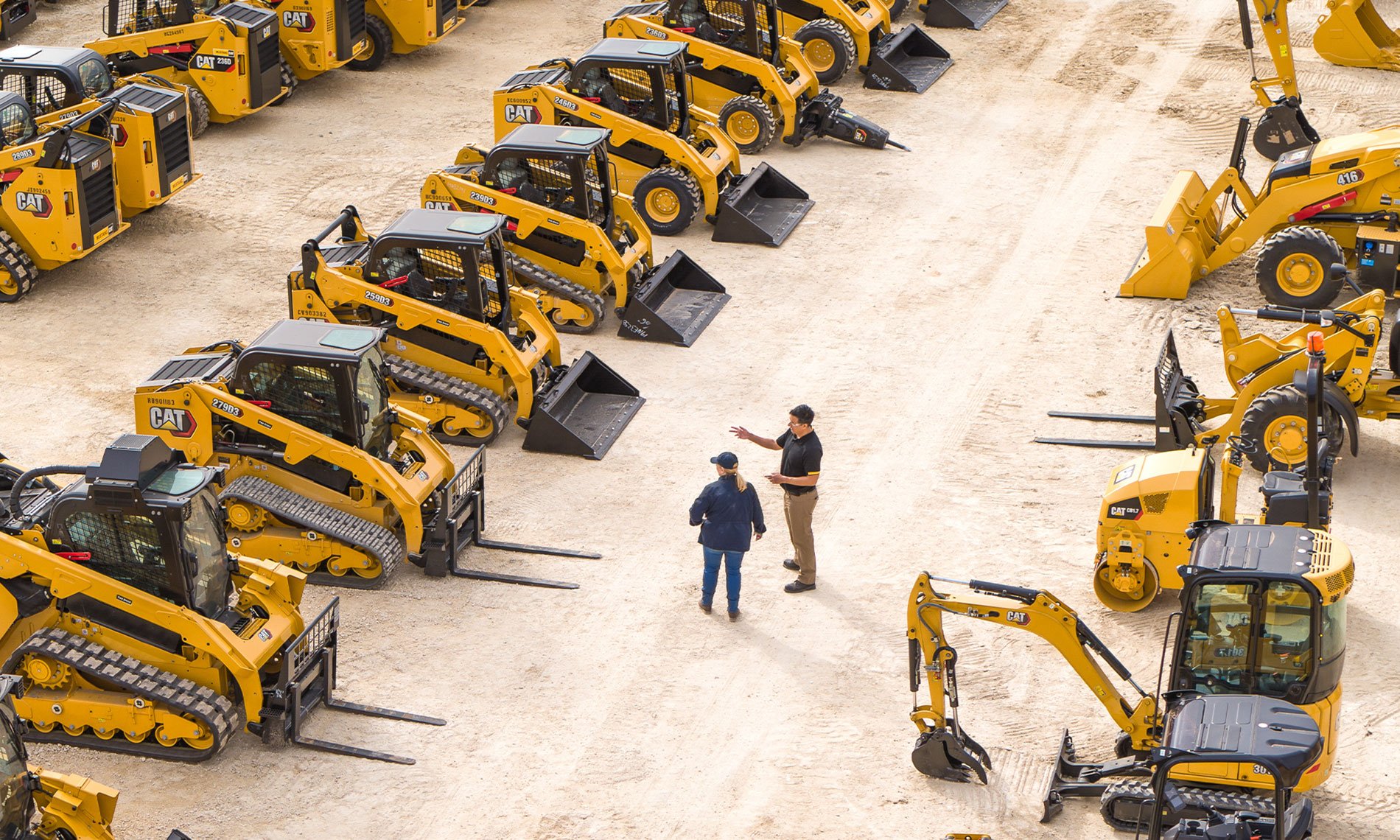Forklift Rental: Heavy Training Equipment for Warehousing and Much more
Forklift Rental: Heavy Training Equipment for Warehousing and Much more
Blog Article
Maximize Your Spending Plan by Recognizing the Costs Connected With Building Equipment Rentals
Comprehending the complete extent of prices connected with building and construction tools rentals is crucial for optimizing your spending plan. While the initial rental fee may seem simple, countless extra costs-- such as transport, gas additional charges, and upkeep-- can swiftly build up, influencing your economic preparation. In addition, recognizing numerous fees and the intricacies of rental contracts can aid prevent unforeseen monetary concerns. What techniques can be utilized to efficiently manage these expenses and guarantee an extra reliable rental experience?
Introduction of Rental Costs
When thinking about construction tools rentals, recognizing the linked prices is vital for effective budgeting and task preparation. Rental expenses can vary dramatically based on several factors, consisting of devices type, duration of rental, and location. The initial rental charge often reflects the devices's market demand and its connected operational abilities, affecting the total expenditure.
Along with the base rental rate, secondary costs might occur, such as transport costs, fuel surcharges, and upkeep charges. It is important to make up these added costs to precisely examine the total price of renting equipment. The rental duration can impact pricing; longer leasings might certify for discounted prices, while temporary rentals may incur greater daily charges.

Breakdown of Rental Prices
A thorough understanding of rental rates is crucial for service providers and project managers intending to optimize their budgets. Rental prices for building and construction devices usually include numerous components, including base prices, time-based costs, and usage costs.
Base rates are the core fees related to the leasing of the devices, often figured out by the type and dimension of the equipment. These prices can differ considerably, affected by aspects such as tools demand, availability, and regional market patterns. Time-based fees, which might be daily, weekly, or monthly, serve to fit different project timelines and rental durations.
In addition, rental prices might consist of use charges, which are applicable when tools is made use of beyond a specified threshold, ensuring that the rental firm can make up damage. Seasonal demand changes can also affect rental rates, with peak construction periods typically commanding higher prices.
Furthermore, comprehending the rental firm's plans pertaining to maintenance and insurance policy can provide additional insight right into the total price framework. By examining these elements, service providers can make enlightened choices, making certain the option of rental devices aligns with both task needs and spending plan restrictions.
Added Fees to Think About
Recognizing the ins and outs of additional charges is important for professionals to handle their general leasing expenses effectively. Past the basic rental prices, numerous supplemental costs can dramatically affect the total cost of devices service. These fees typically consist of delivery and pickup fees, which can differ based upon distance and logistics associated with moving the devices to and from the work site.
In addition, some rental companies may enforce fuel additional charges if the devices is returned with less gas than when rented. It is also vital to recognize prospective cleansing fees, especially for customized tools that calls for complete upkeep after use.

Extensively evaluating the rental arrangement and clearing up these extra costs upfront can assist service providers avoid unexpected costs and ensure that spending plans remain undamaged throughout the job lifecycle.
Maintenance and Repair Costs
Normal maintenance and repair work costs are commonly overlooked factors that can considerably affect the overall cost of building and construction tools leasings. When renting equipment, it is crucial to consider not only the rental fees yet likewise the prospective costs connected with keeping the equipment in ideal operating condition.
Several rental business include standard upkeep as part little backhoe of the rental agreement; nonetheless, extra unforeseen break downs or extensive repairs can bring about added expenditures. It's necessary to assess the rental agreement very carefully to recognize what maintenance services are covered and what duties fall on the renter.
In addition, tools that is not well-maintained can lead to inefficiencies on the job website, potentially triggering hold-ups and boosting job costs. To alleviate these dangers, it is a good idea to conduct routine examinations and maintain open communication with the rental service provider pertaining to any issues that occur throughout use.
Insurance Policy and Responsibility Costs
Insurance and liability prices are essential components that can substantially affect the overall cost of building and construction devices rentals (aerial lift rental). These prices make certain that both the rental company and the client are safeguarded from potential financial losses emerging from accidents, damage, or theft throughout the rental period

Furthermore, clients should know any kind of deductibles or exemptions in the insurance plan, as these can impact potential out-of-pocket expenses. Comprehending the terms of any kind of insurance policy protection is crucial to prevent unforeseen expenses. Ultimately, budgeting for insurance coverage and responsibility expenditures can aid guarantee a smoother rental experience and secure versus economic threats related to building and construction jobs.
Final Thought
In conclusion, a thorough understanding of the expenses linked with building equipment services is tractor loader backhoe vital for effective spending plan management. Ultimately, notified decision-making relating to equipment services contributes to the overall success of building undertakings.
Rental expenses can vary dramatically based on several variables, consisting of tools type, period of service, and location (rental company near me). The rental period can affect rates; longer rentals may certify for reduced prices, while short-term rentals might sustain greater daily costs
By carrying out comprehensive study and engaging with trusted rental companies, service providers can successfully browse the complexities of rental rates, ultimately maximizing their economic resources.
Past the standard rental rates, numerous additional costs can significantly influence the overall price of equipment leasing. Rental companies typically supply responsibility insurance that covers injuries to third events or damages to property, while equipment damage insurance can cover the cost of repairs or replacement if the rented equipment is harmed.
Report this page